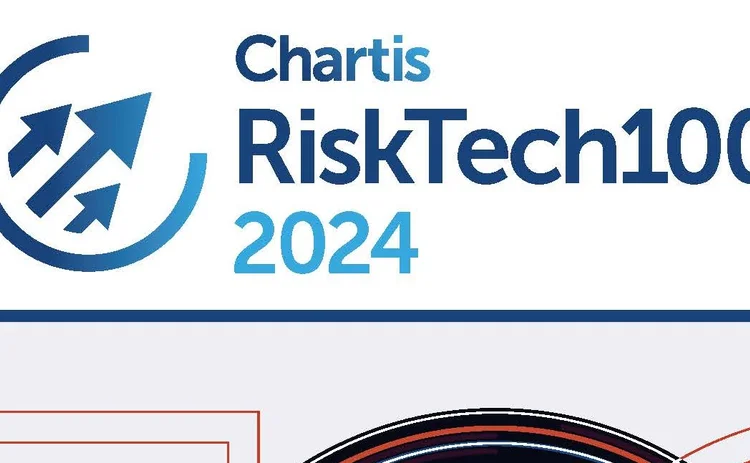RiskTech100 2024 Winner's Spotlight: Surya Soft

-
- Chartis Research Staff
Enterprise Cashflow Management
Surya Software
Sorry, our subscription options are not loading right now
Please try again later. Get in touch with our customer services team if this issue persists.
New to Chartis Research? View our subscription options
If you already have an account, please sign in here.
More on Data
Complacent RiskTech vendors are sleepwalking into a new, deregulated reality
Tectonic regulatory and legislative upheaval promises to transform financial institutions’ RiskTech spending. As compliance-based revenue streams slow due to deregulation, solution vendors will need to adopt more business risk-focused strategies for their product lines. Chartis Chief Researcher Sid Dash considers the likely impact of growing deregulation, and how vendors can prepare.
No surprises: 2025 will be another big year for AI
Last year was revolutionary for AI, with potentially far-reaching impacts, and 2025 looks set to offer more of the same, with perhaps some sobering lessons. Taking a pragmatic view, Maryam Akram, Research Principal at Chartis, offers some predictions for…
Regulatory reporting: deployment options and managed services
A collaborative article by Chartis and Regnology.
RiskTech100 2025 Winner’s Spotlight: Regnology
Regnology has secured the award for Regulatory Reporting in Banking, earned top honors in Supervisory Technology and ranked 22nd overall.
Reimagining Model Risk Management: New Tools and Approaches for a New Era
A collaborative report by Chartis and Evalueserve.
A New Regime: The Future of Private Credit and Risk Management Needs
A collaborative article by Chartis and RiskSpan.
Keeping good company: streamlining client onboarding with CDI – Part 3
A collaborative article by Chartis and Encompass.
Keeping good company: streamlining client onboarding with CDI – Part 2
A collaborative article by Chartis and Encompass.
You need to sign in to use this feature. If you don’t have a Chartis account, please register for an account.
Sign in





